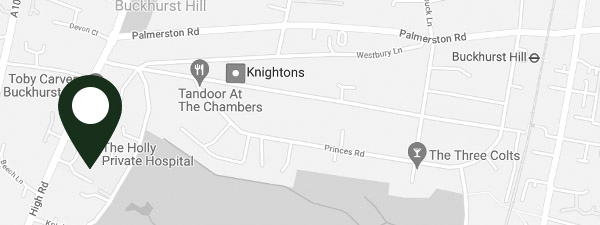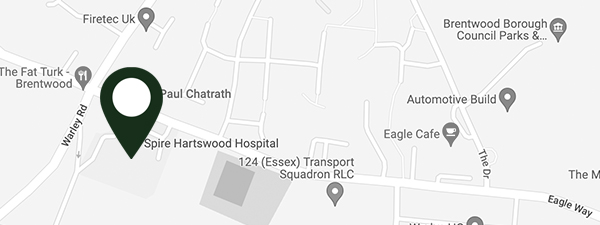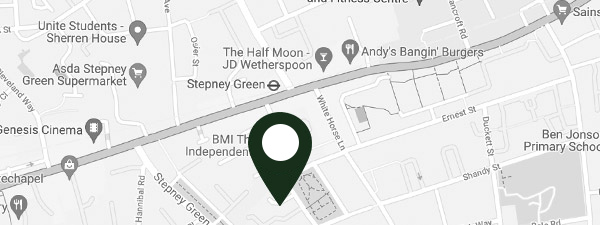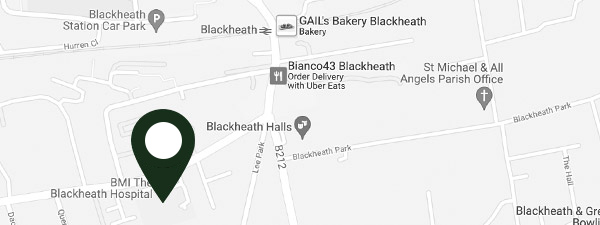Glasses and contact lenses can be frustrating, uncomfortable and inconvenient
TransPRK and PRK are good LASIK alternatives that can get you the same results
Want to break free from the inconvenience of glasses and contact lenses?
Vision correction is quick, easy, and has long-lasting results. You could be free from the hassle of glasses or contacts in as little as 24 hours.
Break free from the hassle of glasses and contact lenses in 3 easy steps
Give your eyes a lift to a whole new level
Academic resources on vision correction
Learn more about vision correction surgery from authoritative sources
★★★★★
Hundreds of happy patients in Hertfordshire, Essex and London
Now they live life with more freedom, comfort and confidence
We have replaced the images of real patients who provided these testimonials to protect their privacy
Expert cataract, laser eye surgery and cornea specialist in Hertfordshire, Essex and London
Silvana Madi is here to guide you every step of the way
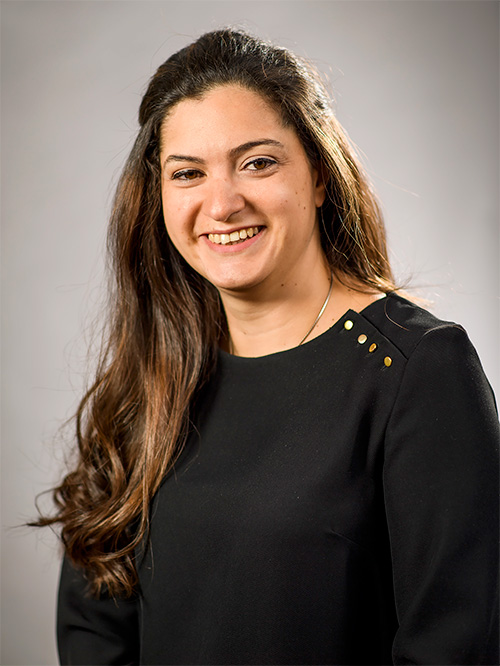
Silvana Madi
MD, PhD, FRCOphth, CERTLRS
Consultant Ophthalmic Surgeon
Silvana Madi is a consultant ophthalmic surgeon specializing in laser eye surgery, corneal disease treatment, and traditional and lifestyle cataract surgery. She has over 10 years of experience in ophthalmology that includes:
- performing combined cataract surgery and glaucoma treatment (MIGS) to reduce glaucoma eye drop dependency.
- an abundance of experience in glaucoma management, including high-risk and complex cases.
- the most up-to-date practices in corneal transplants to improve quality of vision
- all corneal surgeries including intracorneal rings (INTACs) or PTK to help patients with keratoconus reduce dependence on their glasses
- over 15000 procedures to restore vision, remove dependency on glasses and optimise visual health.
























